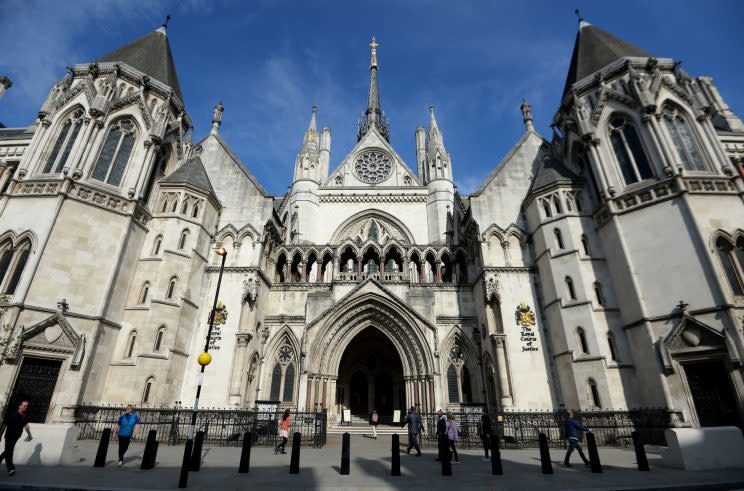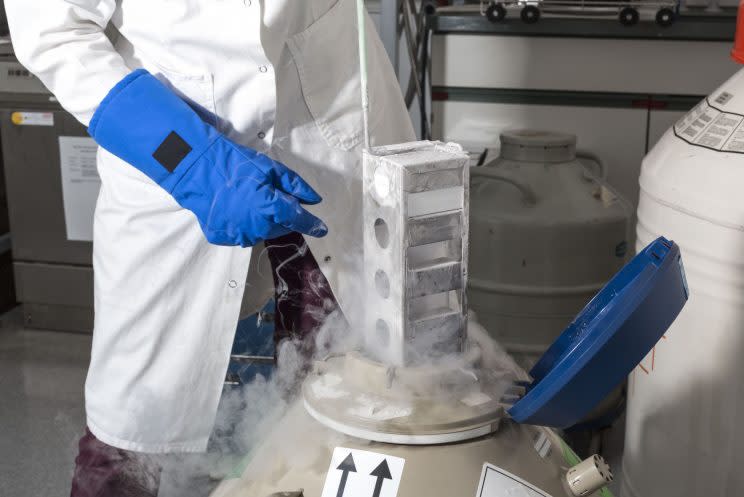What is cryogenic preservation and why is it controversial?
It used to be the stuff of science fiction.
But recent medical advances have made the science of Cryogenic preservation – the preservation of cells and tissues by freezing – a little more plausible and that one day humans can return from the dead.
In a ruling on the teenage British girl who wanted her body sent to the US to be frozen, High Court judge Mr Justice Peter Jackson ruled that the process being used, cryonics, was cryopreservation – the preservation of cells and tissues by freezing – taken to its extreme.
“The scientific theory underlying cryonics is speculative and controversial, and there is considerable debate about its ethical implications,” said Mr Justice Jackson in his ruling.
MORE: Photographer gets perfect shot of baby seal – after 3 years
MORE: Wife sues Lamborghini driver after he killed her husband
“On the other hand, cryopreservation, the preservation of cells and tissues by freezing, is now a well-known process in certain branches of medicine, for example the preservation of sperm and embryos as part of fertility treatment.
“Cryonics is cryopreservation taken to its extreme.”

He said few people’s remains had been frozen since cryonic preservation was introduced half a century ago, and the process was expensive.
Mr Justice Jackson said the girl had chosen the most basic arrangement which simply involved the “freezing of the body in perpetuity”.
He said even that cost about £37,000.
The judge said the girl’s family was not well off – but he said her mother’s parents had raised the money.
He also said cryonic preservation required “complex arrangements involving the participation of third parties”.
“The body must be prepared within a very short time of death,” he said.
“Arrangements then have to be made for it to be transported by a registered funeral director to the premises … where it is to be stored.”

He said a voluntary UK group of cryonics enthusiasts – who were not medically trained – offered to make such arrangements.
The case is also controversial as there are strict rules governing the use of human tissue in the UK, but as the body had been sent to the US, they cannot be enforced in this case.
Mr Justice Jackson said he had considered the terms of the 2004 Human Tissue Act and hospital bosses had taken advice from the Human Tissue Authority (HTA) – which regulates organisations which remove, store and use human tissue.

He said what the girl had wanted was not regulated by 2004 legislation and the HTA had no remit.
“It is thought that the present situation was not contemplated when the legislation was passed,” said Mr Justice Jackson.
“The HTA would be likely to make representations that activities of the present kind should be brought within the regulatory framework if they showed signs of increasing.”


 Yahoo News
Yahoo News 


